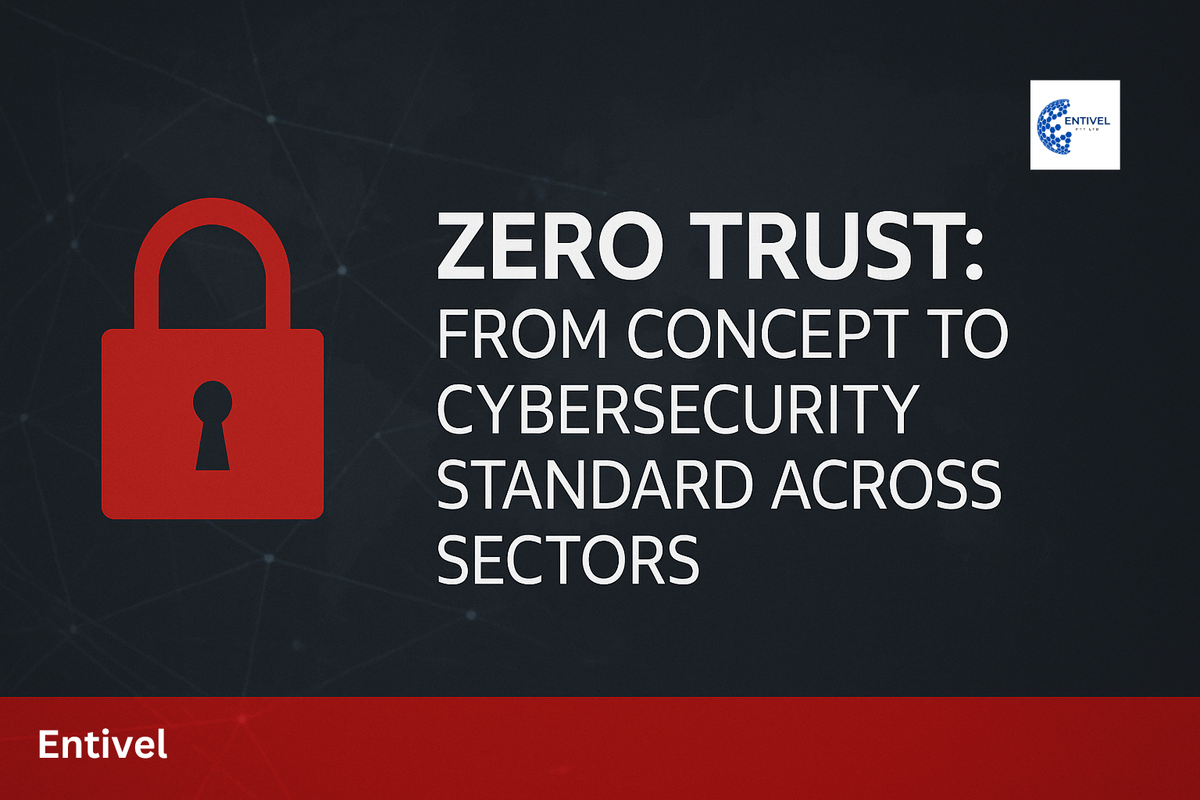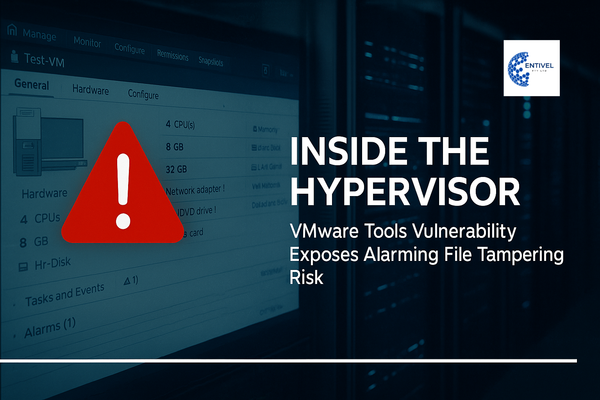Zero Trust: From Concept to Cybersecurity Standard Across Sectors

Not long ago, Zero Trust Architecture (ZTA) was considered an ambitious ideal — a forward-thinking cybersecurity model promoted by experts but hesitantly adopted. Today, that has changed. Across government, finance, healthcare, manufacturing, and even education, Zero Trust is rapidly evolving from a niche philosophy into an industry-wide standard.
At the heart of Zero Trust lies a deceptively simple principle: never trust, always verify. Unlike traditional security models that rely heavily on perimeter defenses, Zero Trust assumes that threats can emerge from both outside and inside the network. It mandates continuous authentication, strict access controls, and constant monitoring.
A Cross-Sector Imperative
Governments have been early adopters and powerful drivers of the Zero Trust movement. In the U.S., President Biden’s Executive Order 14028 mandated a full embrace of Zero Trust within federal agencies. Australia has echoed similar urgency through the Australian Cyber Security Strategy and guidance from the ASD (Australian Signals Directorate), calling on both public and private sectors to align with Zero Trust principles.
The result? A domino effect across industries:
- Finance institutions are adopting ZTA to mitigate insider threats and secure transactions.
- Healthcare providers use it to protect sensitive patient records amid rising ransomware threats.
- Retail and logistics companies lean on Zero Trust to secure sprawling IoT and supply chain ecosystems.
- Education systems — especially universities with vast remote access networks — are shifting away from implicit trust models entirely.
Why It’s Becoming Standard
Zero Trust is becoming the norm not just because of regulatory pressure, but because it works. According to a 2024 IBM Security report, organizations with mature Zero Trust strategies saw 43% fewer data breaches than those without. The model enhances visibility, reduces attack surfaces, and adapts well to hybrid work — a lasting legacy of the pandemic.
Adoption Isn’t Plug-and-Play
Despite the momentum, transitioning to Zero Trust isn’t a checkbox exercise. It requires a cultural shift, careful planning, and tech stack overhauls — from identity management to network segmentation and endpoint verification.
Yet, the sectors that succeed tend to follow similar playbooks:
• Executive buy-in
• Clear asset and access mapping
• Pilot projects to test Zero Trust in stages
• Cross-functional collaboration between IT, cybersecurity, and business units
Looking Ahead
Zero Trust is no longer the future — it’s the present. As threat actors grow more sophisticated and digital infrastructure becomes more distributed, clinging to traditional security models is no longer tenable. Organizations that embrace Zero Trust today aren’t just complying with standards — they’re fortifying themselves for the evolving cybersecurity landscape of tomorrow.
🔍 Are you Zero Trust ready?
If your organization is still relying on legacy perimeter defenses, now is the time to reevaluate. Ask your IT leaders:
- Do we verify every access request?
- Are we segmenting networks effectively?
- Is our user authentication truly adaptive and continuous?
Let’s start the conversation. Entivel is here to guide your transformation to a resilient, Zero Trust future.
Contact Us
Entivel Pty Ltd – Your Trusted Partner in AI, Cybersecurity, and Software Solutions
General Support: [email protected]
Australian Support: [email protected]
Explore more at www.entivel.com or for
Australian users, visit www.entivel.com.au
Contact Number: +61 481849995
About Entivel
At Entivel, we redefine innovation in AI, cybersecurity, and technology solutions. Headquartered in the vibrant city of Sydney, our journey began with a mission to empower businesses through cutting-edge digital solutions.




